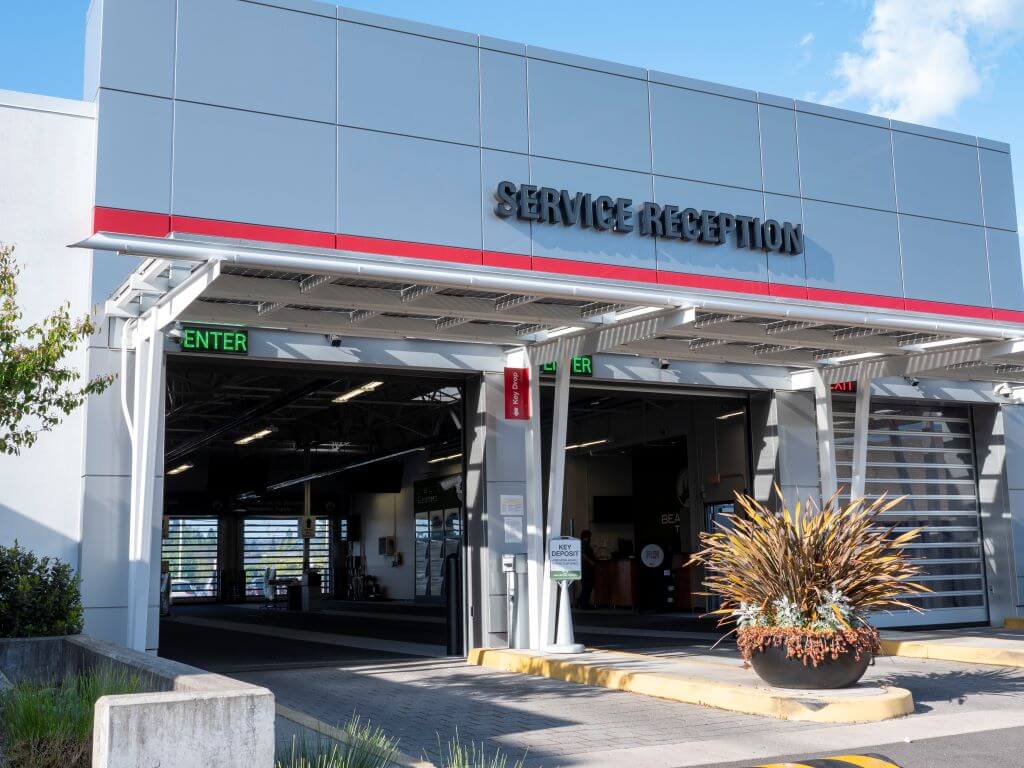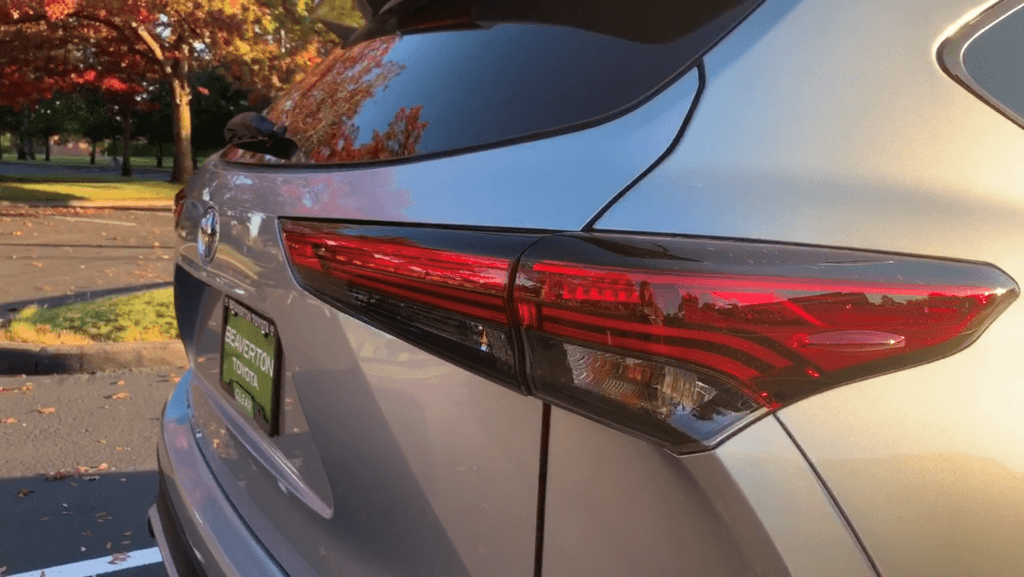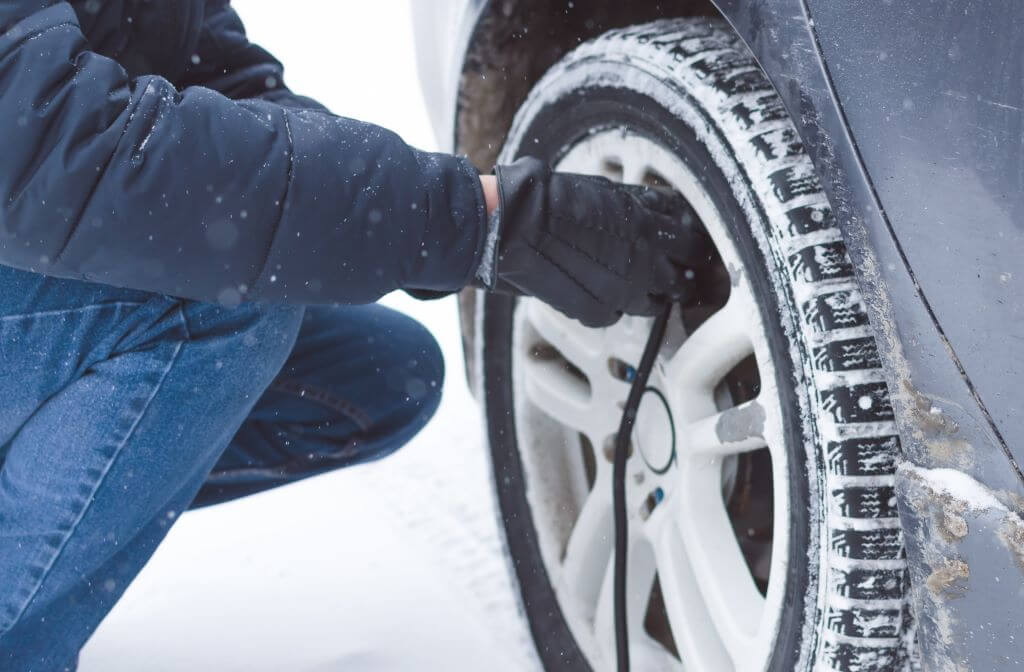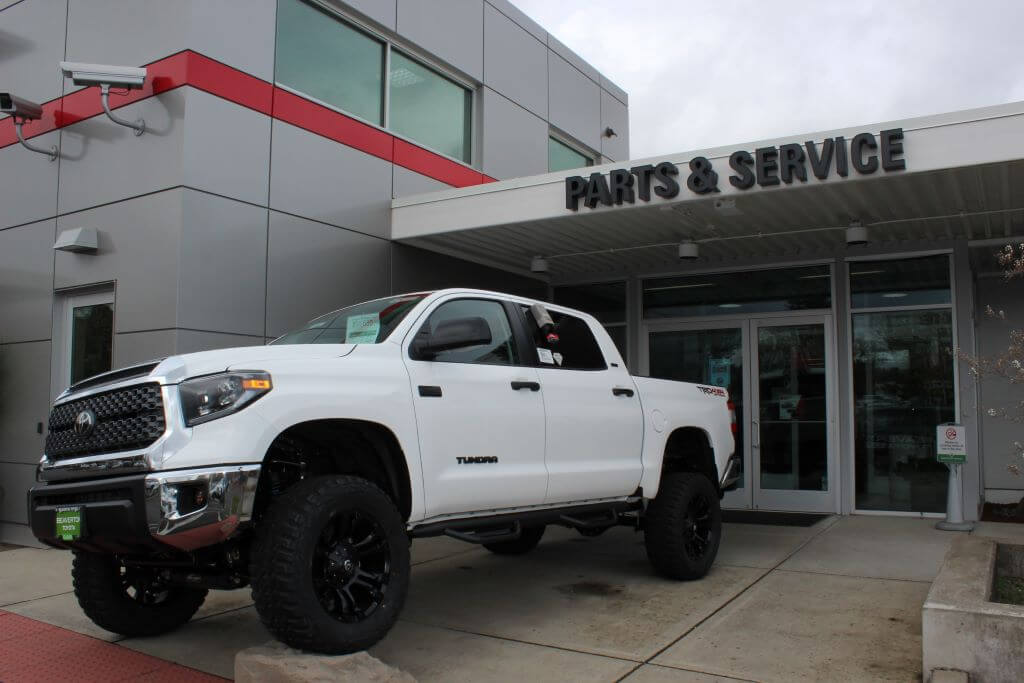This winter, Beaverton Toyota is here to help you stay safe on the road. With some simple planning, you can avoid common winter driving hazards and assure that all your commutes are predictable and that your car is dependable, even when the weather is frightful.
Preventative Maintenance
Preparing your Toyota for safe winter driving begins with essential maintenance. Even if you’re not quite due for an oil change, consider scheduling your oil change or multi-point inspection early—before the first snow.
Oil
Oil thickens as the outside temperature drops, and that increased viscosity can make it harder for your engine to turn over. Depending on the make and model of your car, you may even want to consider using a slightly lighter-weight oil for the winter months. Your owner’s manual can help you determine if this is the right choice for you.

Battery
Cold temperatures can also put extra stress on your car’s battery. Extreme cold can reduce your battery’s cranking power by half. Give your Toyota battery some extra attention in the winter months and check the terminals for rust or erosion. You can do this yourself (with the proper safety gear) or you can have a mechanic or technician check the health of your battery for you.
A service technician can also tell you if your battery fluid is at the correct level or whether any component of your battery appears defective. It’s also a good idea to carry a set of jumper cables with you. Even if your preparation pays off and your battery never falters, you may be able to help another stranded motorist get back on the road.
Engine Coolant
Now, engine “coolant” may not be the first thing on your mind when temperatures are cold or even freezing, but it’s an essential element of making sure your engine turns over when it’s colder than usual. Typically, your cooling system is filled with a 50-50 ratio of anti-freeze and water, but keep in mind that severe cold may require a slightly different ratio. If you drive in extreme conditions, consult your owner’s manual or speak to a technician about your ideal coolant mix.
You can top off your engine coolant yourself if it’s running low. Check out the plastic coolant reservoir next to your radiator. If your coolant mix is low, you can pour the mix right there in the reservoir without ever needing to touch the radiator. Low-cost testers, available at any auto parts store, can measure your water-to-anti-freeze ratio for you. While you’re checking your coolant levels, quickly run your hand along the hoses and tubes around the reservoir. If any of them feel brittle, it might be time for a replacement.

Tires
Lastly, be sure to check your tires. Ask yourself: Do the treads look worn? Are the tires inflated properly or do they look a little low? Cold weather can lower your tire’s PSI, meaning that a sudden cold snap could leave your perfectly-okay tires suddenly a bit squishy. Driving your Toyota on low tires in winter weather conditions is extremely dangerous. Low PSI contributes to hydroplaning, inability to brake quickly, and spinning on ice and snow.
If snow is common where you live, you should strongly consider getting a set of snow tires. Most cars come equipped with all-season tires, which work well for most of the year but can contribute to problems in winter conditions. Snow tires provide a lot of benefits in cold weather. For a start, snow tires are made with a more pliant rubber that stays flexible even when temperatures are freezing. The treads on snow tires are also wider apart, helping to prevent snow and ice from clinging to the tires and allowing for more traction. Just be sure to remove your snow tires before summer hits—they won’t grip as well on hot pavement. You can also purchase tire chains if you drive on a combination of snowy and dry roads.
Going the extra mile when it comes to preventative maintenance will save you time and money in the long run. It can also help prevent you from becoming stranded in bad weather.

Preparing for Your Winter Commute
When conditions are hazardous, visibility is key. Assuring the health of your windshield and your windshield wipers will contribute more to a safe trip than almost any other type of car maintenance. Most people don’t know that windshield wiper blades are only designed to last about a year. Make sure to replace yours if you haven’t done so recently.
Depending on the conditions where you live, you may even want to consider winter weather blades. Winter blades have a protective layer of rubber to prevent freezing or cracking in icy conditions.
Whatever blades you decide upon, make sure to invest in one or two ice scrapers. Depending solely on your wipers to remove heavy snow or ice from your windshield can contribute to a burnt-out motor and a time-consuming repair. Even with an ice scraper, though, you may find yourself using a lot more windshield wiper fluid in the winter as you work to clear off ice, rain, and tire spray from the cars on the road. Most windshield wiper fluid contains a small amount of anti-freeze, so make sure to never replace your wiper fluid with water—especially in the winter. Top off your wiper fluid and keep a back-up bottle handy in your trunk or stowage area.
Lastly, we’ve all been in a rush to get going and impatient for the windshield to clear. Don’t be the person on the road, squinting through a coaster-sized hole in the ice, too antsy to wait for your windshield to defrost. Make sure that your heating system is working properly and that your defrost vents are clear. Make sure your headlights are in working order as well. It’s just as important that other drivers see you on the road as it is that you see them.

Making Your Journey
Now that everything’s in working order and you’re ready to hit the road, remember that there are still a few things that you can do to keep yourself safe in dicey conditions. Keep some emergency supplies in your car. Lock de-icer, an emergency blanket, a small shovel, gloves, and a flashlight could all come in handy in a winter emergency.
Be sure to remove any large deposits of snow, not just from the windshield, but also from the hood and roof before you drive. Try to avoid sudden acceleration or deacceleration to keep your tires securely connected to the road. Finally, make sure to give yourself plenty of time to get to your destination—not only is it a good idea to reduce your speed in icy weather, but you may also be more likely to encounter traffic delays and accidents along the way. At Beaverton Toyota, we care about your safety, and we want you to get where you’re going all year long.





